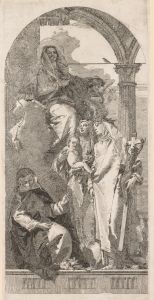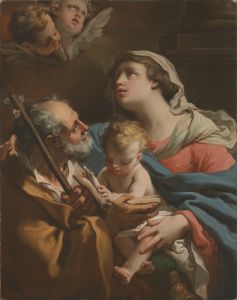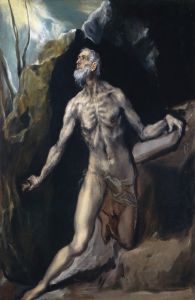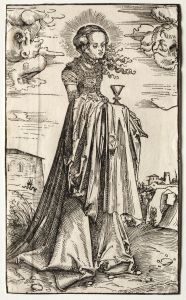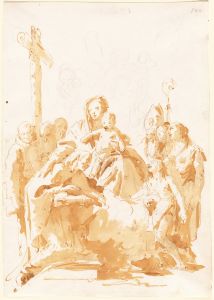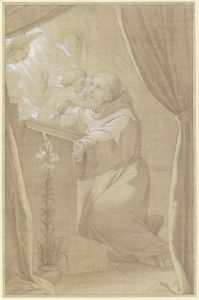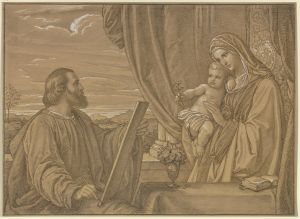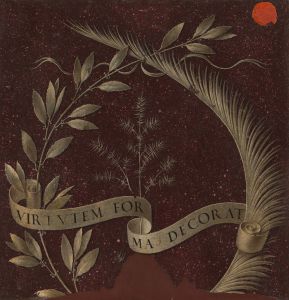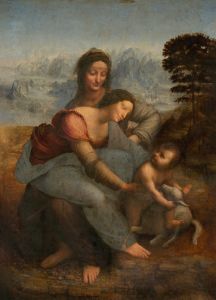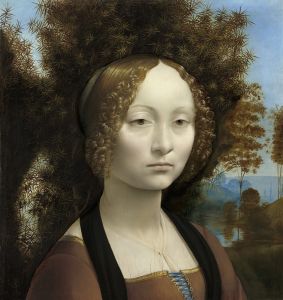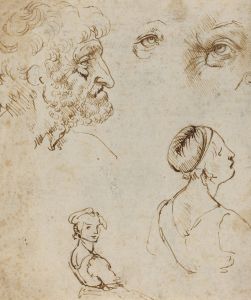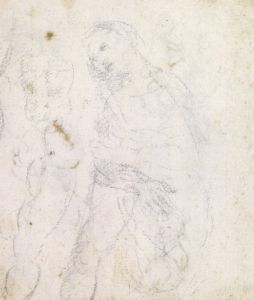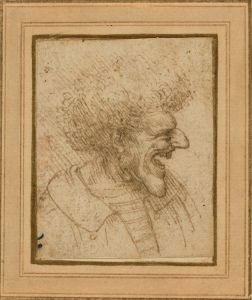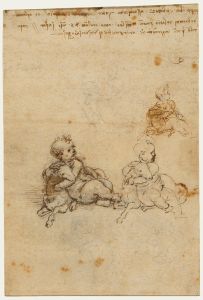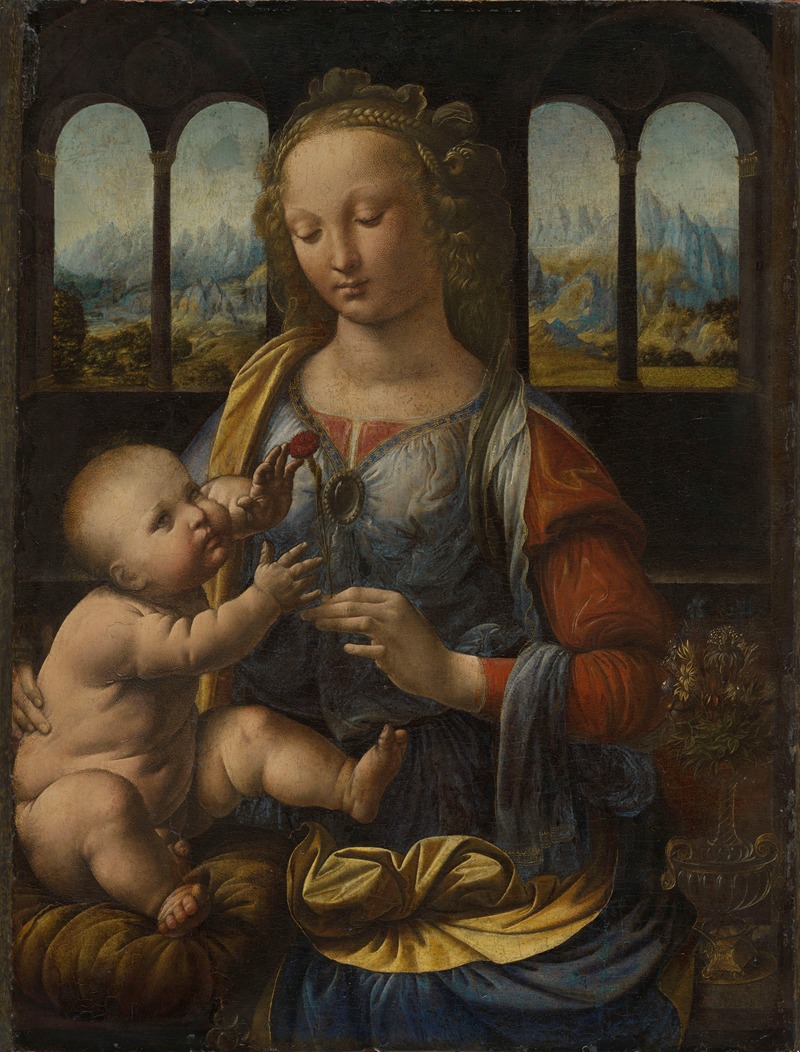
Madonna of the Carnation
A hand-painted replica of Leonardo da Vinci’s masterpiece Madonna of the Carnation, meticulously crafted by professional artists to capture the true essence of the original. Each piece is created with museum-quality canvas and rare mineral pigments, carefully painted by experienced artists with delicate brushstrokes and rich, layered colors to perfectly recreate the texture of the original artwork. Unlike machine-printed reproductions, this hand-painted version brings the painting to life, infused with the artist’s emotions and skill in every stroke. Whether for personal collection or home decoration, it instantly elevates the artistic atmosphere of any space.
"Madonna of the Carnation" is an early painting by the renowned Italian artist Leonardo da Vinci. Created around 1478-1480, this work is one of Leonardo's earliest known paintings and is currently housed in the Alte Pinakothek gallery in Munich, Germany. The painting is an oil on wood panel and measures approximately 62 cm by 47.5 cm.
The painting depicts the Virgin Mary seated with the Christ Child on her lap. Mary is shown holding a carnation, a symbol often associated with divine love and the Passion of Christ. The background features a window that opens to a distant landscape, a common element in Renaissance paintings that adds depth and perspective to the composition. The use of light and shadow in the painting demonstrates Leonardo's early exploration of chiaroscuro, a technique he would later master and become famous for.
Leonardo's "Madonna of the Carnation" is notable for its delicate rendering of the figures and the serene expression on Mary's face. The Christ Child reaches for the flower, a gesture that adds a sense of interaction and liveliness to the scene. The painting reflects Leonardo's interest in human emotion and his ability to convey it through subtle facial expressions and body language.
The work is significant as it marks a period in Leonardo's career when he was beginning to develop his distinctive style. Although the painting shows influences from his teacher, Andrea del Verrocchio, particularly in the composition and the treatment of drapery, it also reveals Leonardo's emerging individual approach to painting. The soft modeling of the figures and the atmospheric perspective are indicative of his growing interest in naturalism and scientific observation.
"Madonna of the Carnation" is an important piece in understanding Leonardo's artistic development. It provides insight into his early techniques and thematic interests, which would later be fully realized in his more famous works such as "The Last Supper" and "Mona Lisa." The painting also reflects the broader context of the Italian Renaissance, a period characterized by a renewed interest in classical antiquity, humanism, and the exploration of perspective and anatomy.
The provenance of the painting is not entirely clear, but it is believed to have been part of various collections before finding its permanent home in the Alte Pinakothek. The painting has been studied extensively by art historians, who have examined its stylistic elements and its place within Leonardo's oeuvre.
In summary, "Madonna of the Carnation" is a valuable work that showcases Leonardo da Vinci's early artistic endeavors and his transition from apprentice to master. Its delicate execution and emotive quality make it a significant piece in the study of Renaissance art and Leonardo's legacy.





